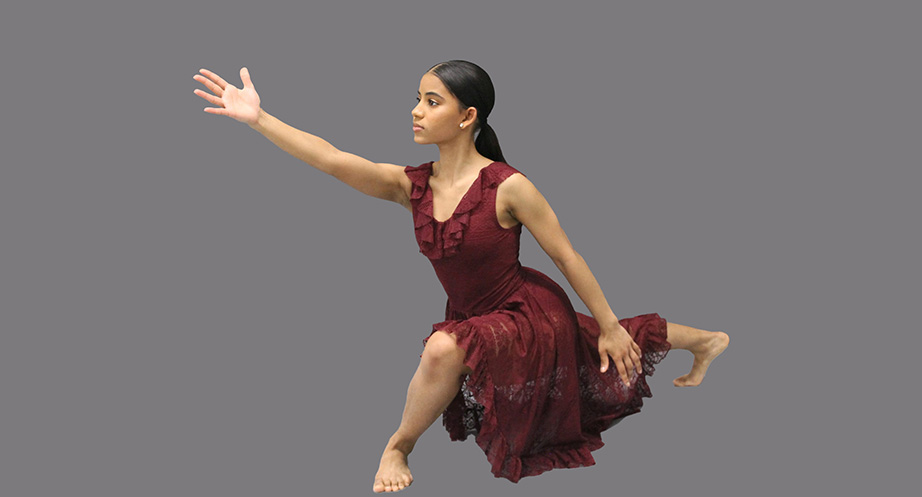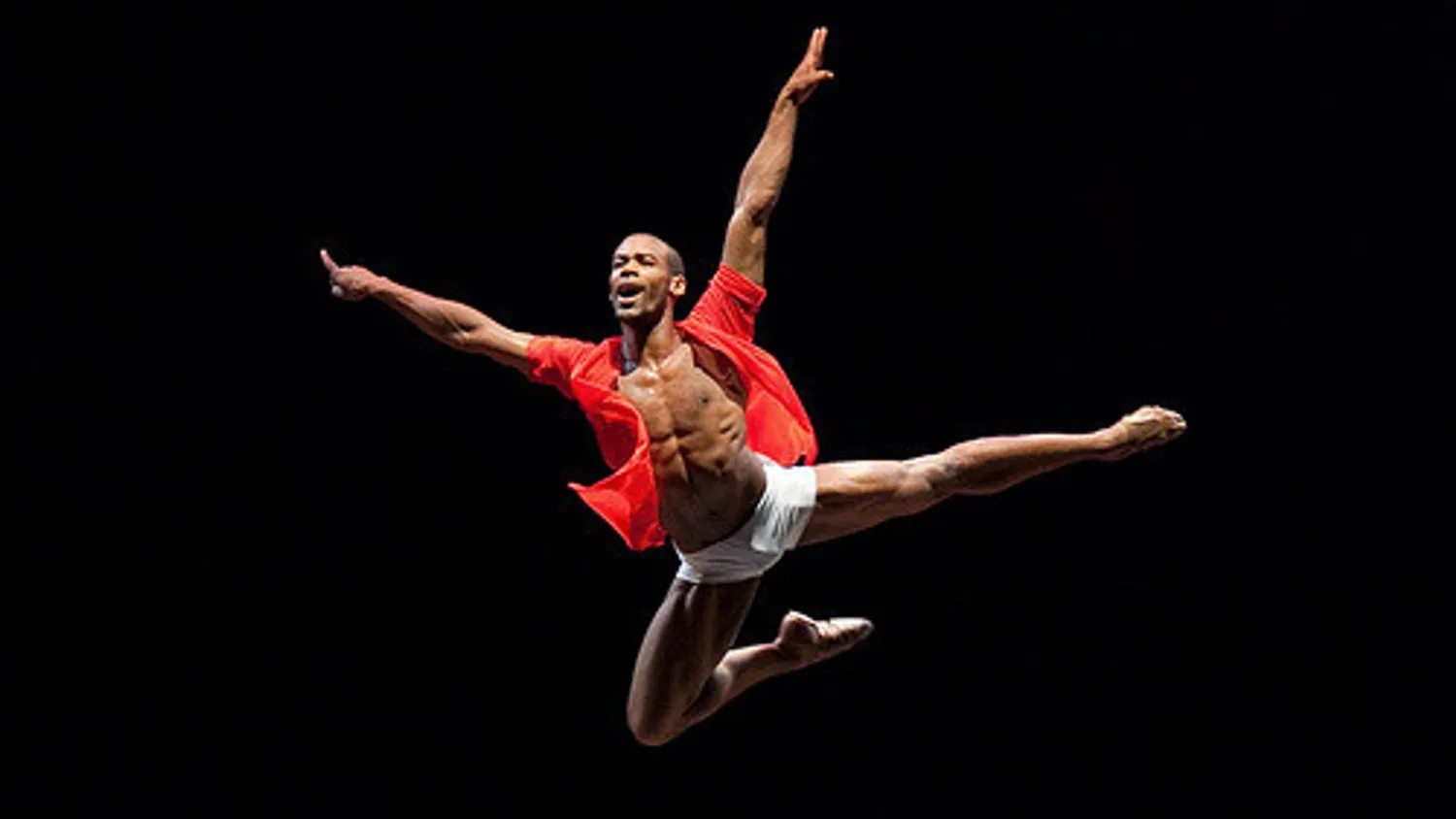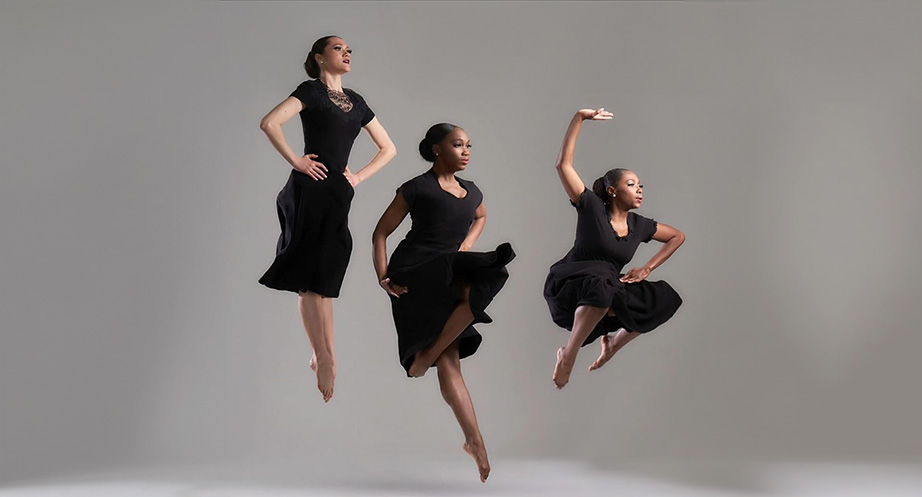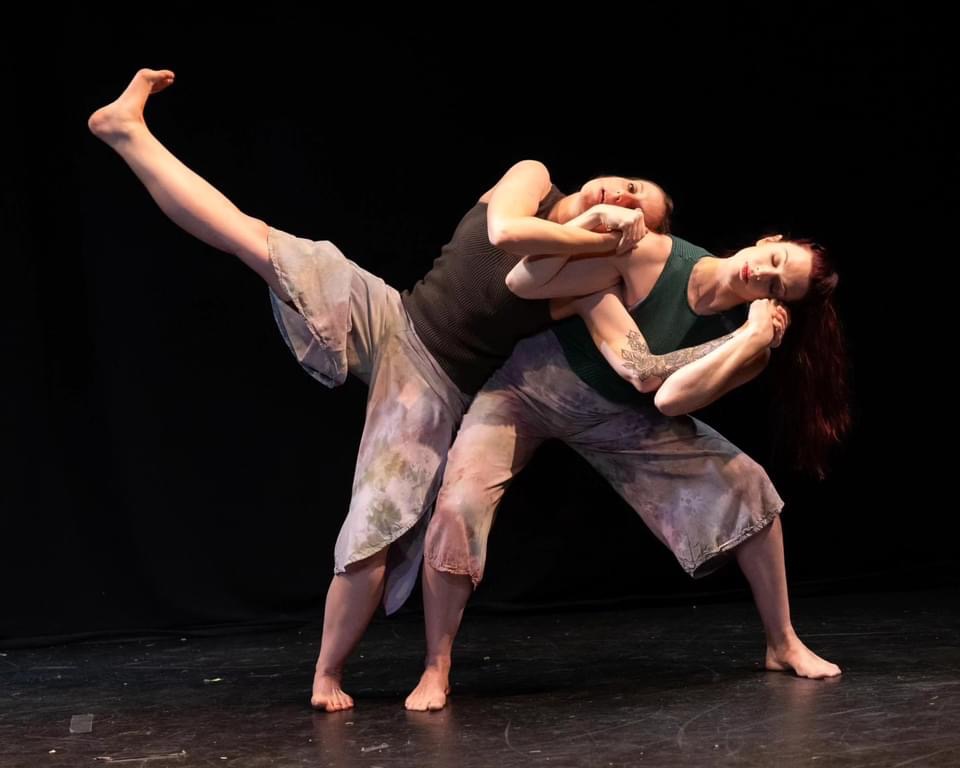
Graphic: Harkness Center for Dance Injuries
by Janine Bryant for The Dance Journal
Research has provided abundant evidence that over-training is associated with fatigue and subsequent injury. For many years, it has been axiomatic that the vast majority of dance injuries are the result of overuse, and that dancers frequently persist in movement activities in the presence of microscopic injury—i.e., “dance through” injuries. While it is well-established fact that rest and adequate nutrition are vital components of training and conditioning, for various reasons it remains problematic for dancers to assimilate these requirements into their daily regimen. {1}
The long and short of it is dancer-athletes need access to affordable care. Many dancers do not seek the care they need for several reasons:
- Self-employed dancers frequently cannot afford individual health coverage
- If dancers have some degree of health coverage, the often high copay of visiting a specialist will prohibit a dancer on a budget from making the necessary appointment
- Dancers in both large, national companies and small, regional companies fear for the loss of their jobs/positions (which can take years to obtain) by sharing news of an injury or problem
- There is no national database/state-by-state listing that could point a touring dancer to a physician, PT/AT who specialize in treating dancers.
- Dancer-athletes need more education in terms of cross training activities during ‘off’ season and self-care guidelines such as baseline rest and nutrition requirements
- Educational institutions with dance programs are sometimes unable to offer dancers the care they need because they do not recognize dancers as student athletes, therefore, dancers who are enrolled in degree programs, especially those living on-campus, cannot legally receive the same care as soccer, baseball or lacrosse team players.
The goal of this article is to begin a listing of providers in the Philadelphia area who treat dancer-athletes and understand their unique problems. The article is being treated as a discussion to allow for readers to respond and share their resources so that we can add to our own local database. Part II of this article with include that shared information, so, please, write in!
Physicians
1. Dr. Marc Harwood – Dr. Harwood is a board certified non-surgical sports medicine physician with the Rothman Institute. He is a team physician for the Philadelphia Phillies and serves as a sports medicine consultant for several local high schools and elite level dancers at the Rock School of Dance Education, University of the Arts, and the Pennsylvania Ballet. http://www.rothmaninstitute.com/physicians/marc-i-harwood-md
2. Dr. Nick DeNubile – Dr. DiNubile (www.drnick.com) is a nationally-renowned orthopedic surgeon specializing in sports medicine. He was special advisor and medical consultant to The President’s Council on Physical Fitness and Sports during the 1st Bush Administration, under the leadership of Arnold Schwarzenegger. He currently serves as Orthopedic Consultant to the Philadelphia 76ers Basketball Team and the Pennsylvania Ballet. He has been included in “Best Doctors in America” and featured on “Good Morning America,” CNN, National Public Radio, and in The New York Times, The Wall Street Journal.
3. Dr. Matthew Grady, CHOP, Sports Medicine and Performance Center – http://www.chop.edu/doctors/grady-matthew.html
4. Dr. Christina Master, CHOP, Sports Medicine and Performance Center – http://www.chop.edu/doctors/master-christina.html
5. On Pointe Physical Therapy – 12 W. Willow Grove Avenue, Philadelphia, Pennsylvania 19118, 215-450-8717
6. Novacare Southeast: Liz Todd, official Athletic Trainer to the Eastern University Dance Department: We would like to welcome Elizabeth Todd to the NovaCare Team. She has a lot to offer including experience with pediatric, orthopedic and neurological populations. Her continuing education includes McKenzie Techniques, Kinesotaping & Vestibular Rehabilitation.
While some dancer wellness programs are emerging across the US, it can often be a daunting task for an individual dancer to find adequate care for specific injuries. My hope is that this article will help point dancers in the right direction in receiving the care they need. If you are reading this and know of a resource for dancers, such as an athletic trainer, physical therapist or medical professional who works with dancers, please contact me and I will share the information in Part II of this article.
Until next time, dance healthy and strong, friends!
Janine Bryant
Co-Director of Dance
Faculty of Biokinetics, Education
and the Campolo College for Graduate and Professional Studies
Eastern University, St. David’s Pa.
——————–
***The information provided on this site and accompanying material is for informational purposes only. It should not be considered medical advice. You should consult with a physician or medical professional to determine what may be best for your individual needs. Neither PhiladelphiaDANCE.org, The Dance Journal or its staff or employees make any guarantee or other promise as to any results that may be obtained from using this content. To the maximum extent permitted by law, PhiladelphiaDANCE.org, The Dance Journal or its staff or employees disclaims any and all liability in the event any information, commentary, analysis, opinions, advice and/or recommendations prove to be inaccurate, incomplete or unreliable, or result in any injury or loss.Content contained on or made available through the website is not intended to and does not constitute medical advice or investment advice. Your use of the information on the website or materials linked from the Web is at your own risk.
***PhiladelphiaDANCE.org, The Dance Journal or its staff or employees are NOT affiliated with any physician or medical resource listed in this article and have not received any compensation for advertisement or promotion of services.
Janine received her B.F.A. in Modern Dance from the University of the Arts in 1986. Janine is an active member of the International Association for Dance Medicine and Science and was recently added to their Peer Review Board, Poster Judging Committee and Education Committee. Janine also is a member of PAMA (Performing Arts Medicine Association) and is currently earning her PhD in Dance Medicine and Science from The University of Wolverhampton in the United Kingdom.
- Snapping Hip Syndrome - July 11, 2016
- Safely Increasing Range of Motion or Never, EVER Stretch a Cold Muscle - January 7, 2016
- The Aging Dancer – Part 3 – A Global Survey - November 1, 2015






Hello Ms. Bryant,
Thank you for starting this important conversation. Would you also consider putting together a list of professionals in the area offering alternative therapies and movement disciplines that would help treat as well as prevent injuries as well?
This list could include Alexander Technique, Feldenkreis, bodywork (therapeutic massage), myofascial release, rolfing, yoga, pilates, gyrokinesis, acupuncture, etc.
I am a certified teacher of the the Alexander Technique, I was a dancer myself and taught many other dancers who have found it to be essential to maintaining good physical health. It is a great method for improving a dancers awareness of tension, alignment and movement habits that cause excess wear and tear that can lead to injuries as well as interfere with optimal movement and performance. It is taught with a gentle touch that instantly invites a dancer to feel where there is tension, tightness or holding in her body so she can let it go. The body realigns naturally without effort. A student learns to articulate joints properly and support movement from the center and the ground. Breathing becomes freer an fuller. A constructive rest position is taught to practice daily to let the body rest as well as release deeply held tension.
Best wishes in this effort, Jano
610-639-3356
[email protected]
Comments are closed.